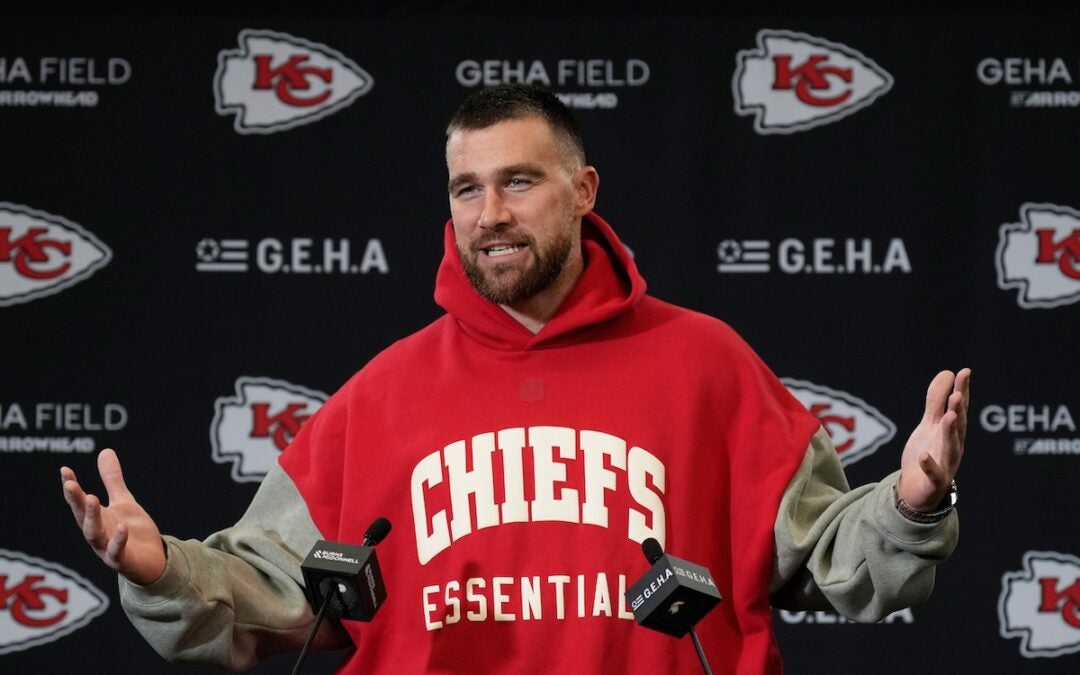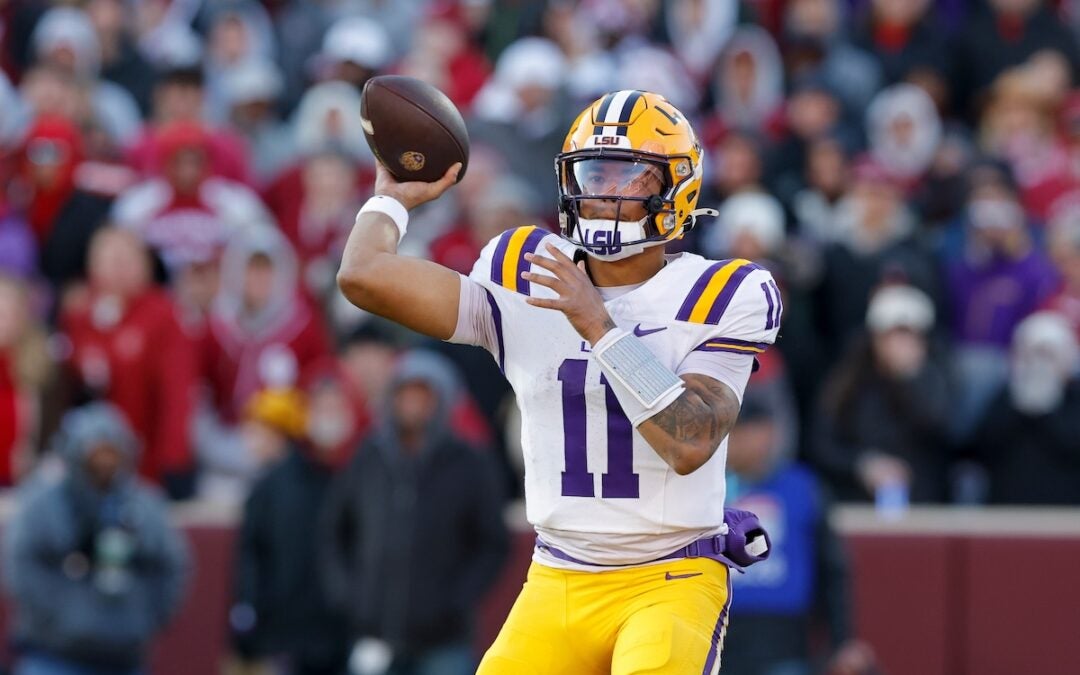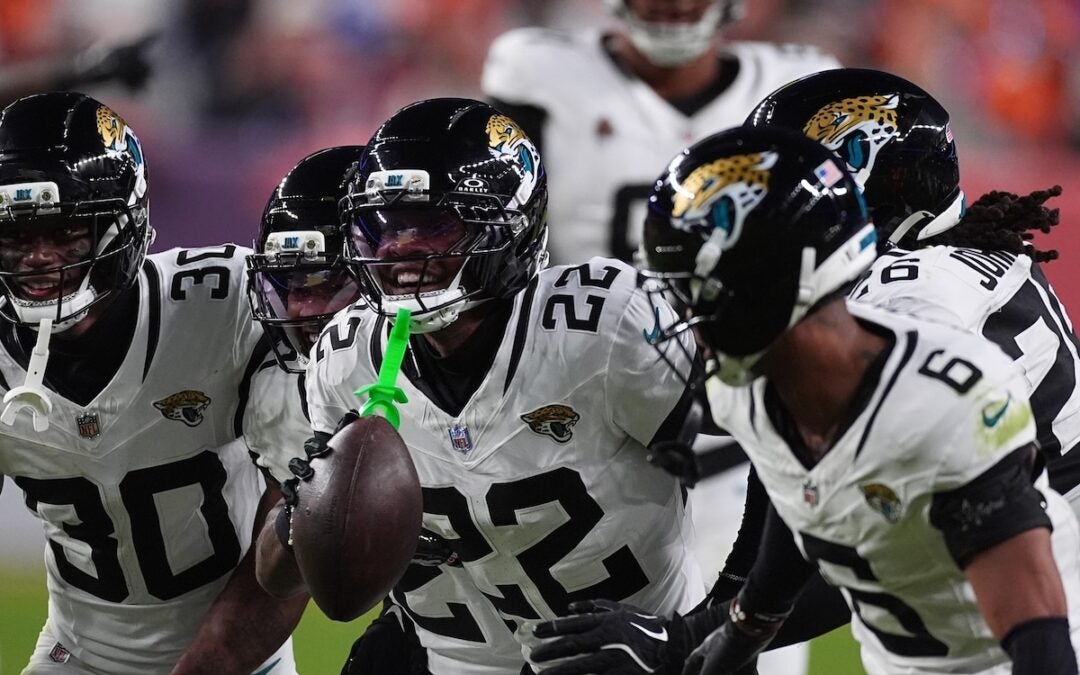Nick Saban remembers vividly his first game as what we consider a “Power 5 Conference” college football head coach, and interestingly enough, so do I.
It was Saturday September 9, 1995. Nebraska at Michigan State. The Cornhuskers were led by a legend coach named Tom Osborne, fresh off a national championship in 1994 and on their way to back-to-back crowns in ’95. They could have easily been considered the “Alabama of the 1990s.”
On that day, Nebraska rolled into East Lansing, Michigan with a No. 2 ranking, fresh off of a 64-21 beatdown of then-Big Eight (now Big 12) Conference foe Oklahoma State in Stillwater and dismantled the Spartans 50-10, and it wasn’t even that close. I was 15 years old at the time, and I can’t remember if I watched the game on television or not, but I know I listened to it on the radio like I did every game.
I also remember vividly the highlights they showed on the local news that night — one particularly stood out for me. Running back Lawrence Phillips, a 1995 Heisman Trophy candidate, was lined up in shotgun to the left of quarterback Tommie Frazier. When the ball was snapped, Frazier feigned receiving the snap and dropped back as if he was going to pass. Meanwhile, it was Phillips who actually got the snap, and darted and weaved his way through Saban’s Michigan State defense for a touchdown.
As was the case with most Nebraska games during that era, there wasn’t much drama that day. And when I saw the video footage of Osborne shaking hands with Saban, I knew I was watching one legend and future hall of famer in Osborne, but I had no clue at the time that I was looking at another.
Perhaps Osborne suspected something greater for Saban, as evidenced by what he said to Saban after that game.
“We played them twice when I was at Michigan State,” Saban recalled in a broadcasted interview on sportsgrind.com. “The first game I played as a coach at Michigan State was against one of their national championship teams in, I think, 1995, and I said, ‘Holy Mackerel. If this is what college football is about — because I was coming from the NFL — we’ll never win a game.”
Michigan State went on to win six games that year and qualified for a bowl game, so it got better. But Saban has referenced several times over the years something that Osborne said to him that not only stuck with the Alabama legend, but maybe was a bit prophetic.
“It was 50-10, and it could’ve been 100 to nothing,” Saban quipped about that first loss to the Huskers. “I was really disappointed after the game, and coach Osborne put his arm around me and said, ‘nice game,’ and he said, ‘You know, you’re not as bad as you think you are.’ And I kind of appreciated that. And he was right, because he knew he had a really, really good team…We ended up winning six games and going to a bowl game that year, so we really weren’t that bad.”
Over the next five seasons at Michigan State, Saban would give the college football world a slight glimpse at his coming greatness. Before Saban got there, Michigan State had played in just one bowl game in the previous four years. With Saban at the helm, the Spartans showed up to four bowls in five seasons. Saban finished his tenure in East Lansing with a 34-24-1 record and led his last MSU squad to a No. 7 national ranking. This followed a solid stint at Toledo which is where he first cut his teeth as a college head coach.
Of course we all know what happened next. He won his first national championship at LSU, then after a couple of seasons leading the Miami Dolphins of the NFL, he showed up to a reeling Alabama program, and the rest, as they say, is history.
And what a history it’s been. Saban announced his retirement from Alabama Wednesday evening after 17 years of dynasty building in Tuscaloosa.
We’re talking seven total national championships — six at Alabama. Twelve conference titles, 19 bowl game wins, a 292-72-1 overall record. And, when I saw this stat, it baffled me: Saban’s Alabama teams were ranked No. 1 in the nation at some point in every season from 2008 through 2022. Even his final Bama squad — which wasn’t vintage Alabama by any stretch — was a Jalen Milroe touchdown run away from competing for title No. 8.
There’s no one like him, and given the rapidly and drastically changing scope of college football, there likely never will be another like him.
Some say the game’s changing landscape, complete with transfer portal madness and name, image and likeness money pulling on college players’ interests more than program tradition and pedigree ever could is why Saban is hanging it up at 72 years old.
But honestly, even if that’s true, so what? What does Nick Saban have left to prove?
As Saban’s announcement sent shockwaves throughout the land, it didn’t take long for the tributes to start pouring in. And many were from Georgia fans who will be the first to admit Saban was the Bulldogs’ biggest nemesis.
But that’s how you know that you’ve done it the right way — when even your most hated rivals speak up in respect to a job well done. I’ve seen many UGA fans and others in the SEC take to social media to express their happiness at Saban’s departure — not because he was a bad guy, but on the contrary.
Any time you had a Saban-coached Alabama squad in a big-stakes game, no matter what, you always bet on Bama because you knew that Saban would have the kind of well-coached team that could rise up on the game’s biggest stages.
What’s more, like him or hate him, from what we can tell, Saban did it the right way. And perhaps his ability to do that was also influenced by the greats who preceded him, like Nebraska’s Osborne, Florida State’s Bobby Bowden or even Alabama’s other major legend, Paul “Bear” Bryant. Saban has this in common with all those greats — he did right, he did it well, and he did it for a long time.
“One of the hardest things people sometimes don’t look at with respect is when you can win for a long time,” Saban said in that aforementioned interview. Then, again referencing Osborne’s Nebraska tenure, he said, “24 years, 12 or 13 championships in your league, three national championships in four years. I don’t think anybody realizes really how difficult that is to do. Not only that he won, but the way he won. Great program. No major issues with players, the way the guys competed, first class in every way.
“People like Tom Osborne are who we like to emulate in our program.”
As much of a natural Husker fan I am, I must say that Saban not only emulated him. He surpassed him and all others, in my humble opinion, as the greatest college football coach of all time, and perhaps the last of a dying breed.
Across the street in NFL land, we see that long-time New England Patriots coach Bill Belichick is set to part ways from his long-tenured post as well. What a seismic shift in the football universe to have arguably two of the greatest to ever do it in their respective football worlds stepping back at the same time.
Now comes the obligatory wondering about next moves. Is Saban really done, or might he do something else football related in a different role? What about Belichick? Is his New England departure a setup for retirement, or is he going to find another place to ride off into the sunset?
The names, scenarios, successors and possible landing spots for each legend run amuck. It will all get sorted out eventually. But hopefully, amid all that, we’ll stop long enough to sit back and just admire greatness. Take one more long look at these football giants as they walk out the door, and realize that what we’ve seen we will likely never see again.
Nick Saban, you made college football fun to watch. College football always thrives off a big, dynasty brand, and for close to 20 years, Saban and Alabama were exactly that.
He came a long way from that late-summer day in 1995 at Michigan State, but anyone aspiring to emulate or surpass his greatness will, indeed, have an even longer way to go.
Gabriel Stovall is the sports editor for The Augusta Press. He can be reached at gabriel@theaugustapress.com.









